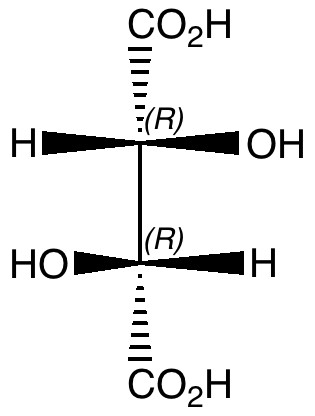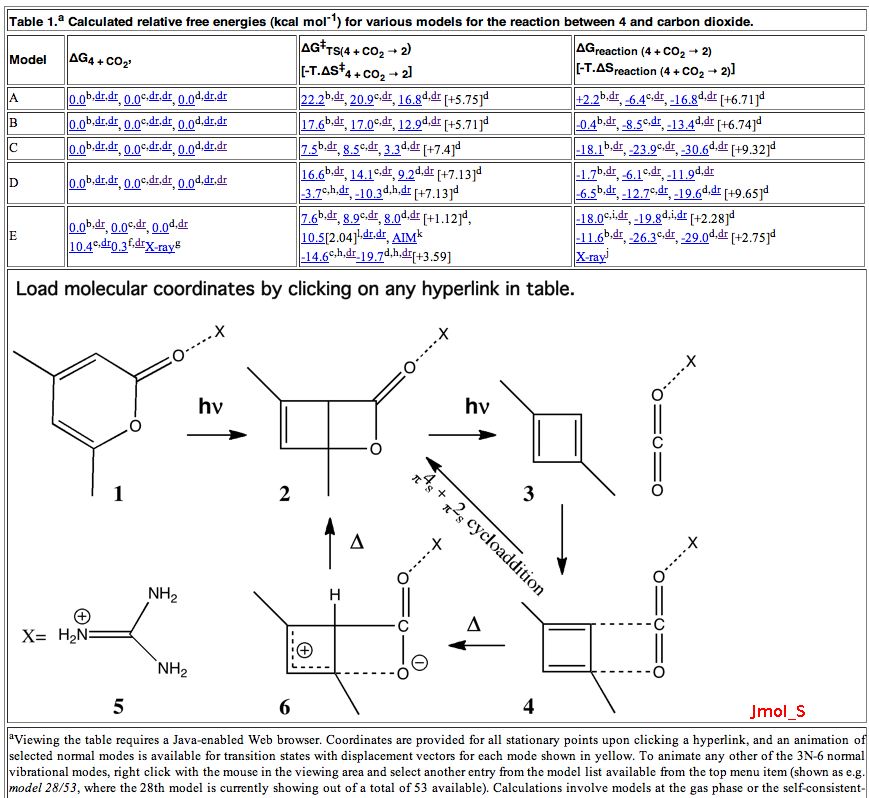
In 1953, the model of the DNA molecule led to what has become regarded as the most famous scientific diagram of the 20th century.

In 1953, the model of the DNA molecule led to what has become regarded as the most famous scientific diagram of the 20th century.

Much of chemistry is about bonds, but sometimes it can also be about anti-bonds. It is also true that the simplest of molecules can have quite subtle properties. Thus most undergraduate courses in chemistry deal with how to describe the bonding in the diatomics of the first row of the periodic table.
In my blogroll, I link to Tim Gowers’ blog. He is a very eminent mathematician, and so it is interesting to see what motivates him to write a blog about mathematics. This latest post goes a large way to explaining why.

This story starts with a calixarene, a molecule (suitably adorned with substituents) frequently used as a host to entrap a guest and perchance make the guest do something interesting. Such a calixarene was at the heart of a recent story where an attempt was made to induce it to capture cyclobutadiene in its cavity.

When Watson and Crick (WC) constructed their famous 3D model for DNA, they had to decide whether to make the double helix left or right handed.

One of the delights of wandering around an undergraduate chemistry laboratory is discussing the unexpected, if not the outright impossible, with students. The >100% yield in a reaction is an example.

Science is about making connections. Plenty are on show in Watson and Crick’s famous 1953 article on the structure of DNA but often with the tersest of explanations. Take for example their statement “Both chains follow right-handed helices“. Where did that come from?

Is there a preferred pack size for electrons on the move? Or put less flamboyantly, is there an optimum, and a maximum number of arrows (electron pairs) that one might push in revealing the mechanism of a concerted reaction? A sort of village-instinct for electrons.
If you get a small rotatable molecule below, then ChemDoodle/HTML5/WebGL is working. Why might this be important? Well, the future is mobile, in other words, devices that rely on batteries or other sources of built-in power. This means the power guzzling GPU cards of the past (some reach ~400 Watts!) cannot be used.

If you visit this blog you will see a scientific discourse in action.

Chemistry gets complex very rapidly. Consider the formula CH3NO as the topic for a tutorial in introductory chemistry. I challenge my group (of about 8 students) to draw as many different molecules as they can using exactly those atoms. I imply that perhaps each of them might find a different structure;